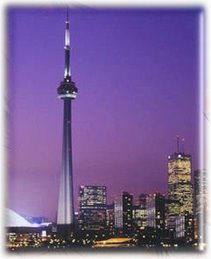Are you Internationally trained? Need information to get your foreign credential assessed and recognized more quickly? The Government of Canada’s new Foreign Credential Referral Office (FCRO) helps internationally trained find the information and resources they need to have their credentials assessed and recognized.
The services would be a great help for internationally trained individuals looking forward to work in Canada. The Honourable Diane Finley, Minister of Citizenship and Immigration, while inaugurating the services said, “Internationally-trained individuals can now walk into Service Canada centres across the country and receive in-person help on how to get their credentials assessed and recognized. Newcomers want to contribute to our country by working in the fields for which they’ve been trained, and we want to help them do that.” In addition to the in-person services, the FCRO’s approach also includes:
The services would be a great help for internationally trained individuals looking forward to work in Canada. The Honourable Diane Finley, Minister of Citizenship and Immigration, while inaugurating the services said, “Internationally-trained individuals can now walk into Service Canada centres across the country and receive in-person help on how to get their credentials assessed and recognized. Newcomers want to contribute to our country by working in the fields for which they’ve been trained, and we want to help them do that.” In addition to the in-person services, the FCRO’s approach also includes:


